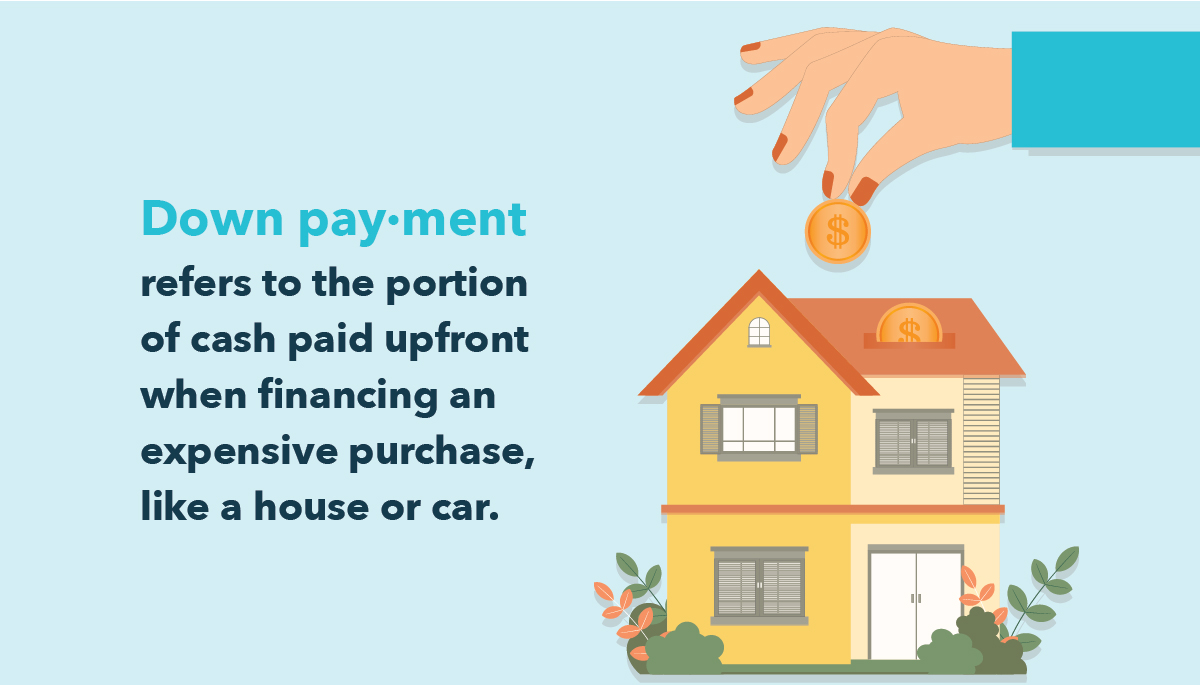The dream of homeownership is deeply ingrained in the American psyche. It signifies stability, independence, and the ability to build lasting equity. For many, owning a home represents a cornerstone of financial security, a place to put down roots and watch their family grow. However, for first-time buyers, the initial hurdle of saving for a down payment can feel daunting. The oft-cited 20% down payment may seem like an insurmountable barrier, delaying or even derailing the dream of homeownership.
The good news is that the path to homeownership isn’t a one-size-fits-all journey. Several financing options exist, each with varying minimum down payment requirements, making the dream of owning a home more accessible than ever before. Exploring these options and understanding the factors that influence them can empower first-time buyers to navigate the exciting yet challenging process of entering the housing market.
Understanding Minimum Down Payments: A Spectrum of Options
The initial hurdle many aspiring homeowners face is the down payment. This represents the upfront portion of the purchase price you pay out of pocket before securing a mortgage to finance the remaining balance. While a 20% down payment has traditionally been considered the gold standard, achieving this milestone can feel daunting. The good news is that there’s a path to homeownership for everyone, and the minimum down payment requirement varies depending on the loan program you choose. Let’s explore into some of the most popular loan options and explore the minimum down payment they require.
- Conventional Loans: Conforming to guidelines set by Fannie Mae and Freddie Mac, these government-sponsored enterprises (GSEs) play a major role in the mortgage market. Conventional loans typically require a minimum down payment of 3%, but private lenders may set their own requirements. With a down payment below 20%, you’ll likely need to pay private mortgage insurance (PMI), which protects the lender in case of default.
- Federal Housing Administration (FHA) Loans: Backed by the Federal Housing Administration (FHA), these loans are designed to make homeownership more accessible for borrowers with lower credit scores or smaller down payments. An FHA loan allows a minimum down payment of 3.5%, making them an attractive option for many first-time buyers.
- Veterans Affairs (VA) Loans: A fantastic benefit for veterans and eligible service members, VA loans are offered by the Department of Veterans Affairs. The best part? VA loans often require no down payment at all. However, there are funding fees associated with VA loans, which can be financed into the mortgage or paid upfront.
- USDA Loans: The United States Department of Agriculture (USDA) offers Rural Development Guaranteed Loans for qualified homebuyers in rural areas. These loans can have a minimum down payment requirement of 0% in certain eligible locations. Similar to VA loans, there may be upfront fees associated with USDA loans.

Remember: These are just the minimum requirements. Lenders may have stricter qualifications depending on your credit score, debt-to-income ratio (DTI), and overall financial picture.
Why Does the Minimum Down Payment Matter?
The minimum down payment significantly impacts your monthly mortgage payment and overall loan terms. Let’s explore some key considerations:
- Impact on Loan Amount: A larger down payment translates to a smaller loan amount. This reduces your monthly mortgage payment and the total interest paid over the life of the loan.
- Private Mortgage Insurance (PMI): With a down payment less than 20% on a conventional loan, you’ll typically need to pay PMI. This monthly premium protects the lender if you default on your mortgage. Once you reach 20% equity in your home (usually through a combination of down payment and principal payments), PMI is typically cancelled.
- Qualifying for a Loan: A larger down payment can strengthen your loan application, making you a more attractive borrower to lenders. This can translate into a lower interest rate and more favorable loan terms.
The Advantages of a Higher Down Payment
While the minimum down payment gets your foot in the door, there are compelling reasons to consider putting down a larger amount:
- Lower Interest Rates: Generally, lenders offer lower interest rates to borrowers with a higher down payment. This can significantly reduce your total borrowing costs over the loan term.
- Building Equity Faster: A larger down payment translates to more immediate equity in your home. This provides a financial cushion and makes it easier to refinance your mortgage in the future.
- Avoiding PMI: By putting down at least 20% on a conventional loan, you can avoid PMI, saving you money each month.
Factors Affecting Your Down Payment Needs
Several factors can influence how much down payment you should aim for, beyond the lender’s minimum requirement. Here are some key considerations:
- Credit Score: A higher credit score typically qualifies you for a lower interest rate and may allow you to secure a loan with a smaller down payment.
- Debt-to-Income Ratio (DTI): Your DTI compares your monthly debt payments to your gross monthly income. A lower DTI ratio makes you a more attractive borrower and may allow for a lower down payment.
Read this : Credit Score Decoder: What Does Your Number Actually Mean?



